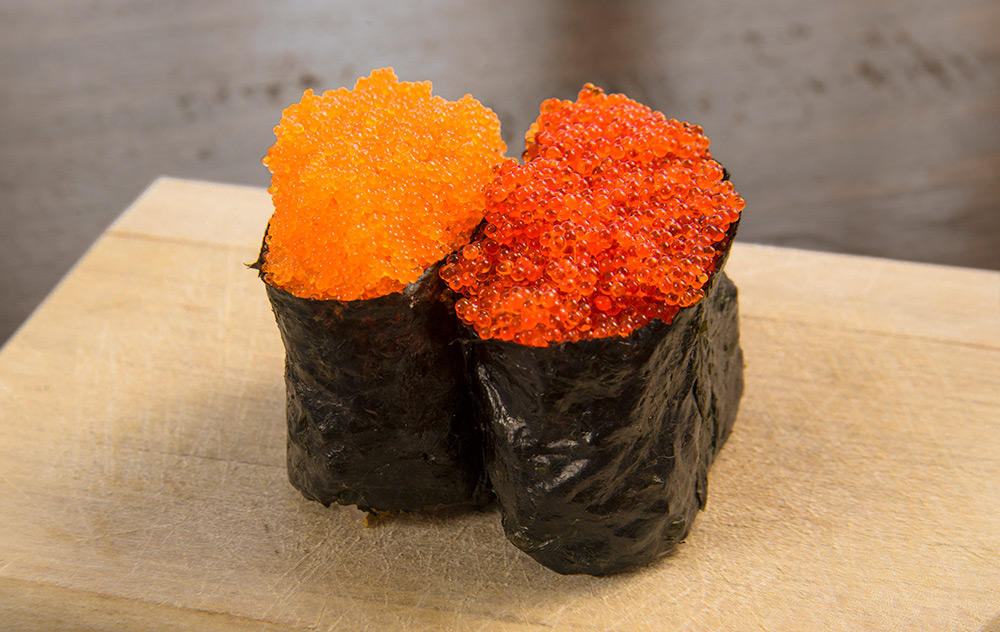Masago vs Tobiko: Exploring the Differences, Nutrition & Origins
Masago vs Tobiko: Key Facts
– Masago is typically colored using food dye rather than squid ink.
– There are different varieties of masago including red masago and wasabi masago.
– Masago tastes similar to tobiko, but slightly milder, with a subtly sweet, salty, and citrusy flavor.
– Masago is typically cured in soy sauce, MSG, high fructose corn syrup, and food coloring agents.
– Masago and caviar are both fish roes, but they come from different species of fish.
– Masago is less expensive than caviar, costing around $5 per ounce.
– Masago can be used as a garnish for sushi rolls, sashimi, seafood and rice dishes, and can also be made into a creamy masago sauce.
– Masago and tobiko can be bought at Asian grocery stores, seafood markets, and online.
– The natural color of tobiko is golden, while masago is a duller yellow.
– Tobiko is flying fish roe, while masago is the eggs of smelt fish.
– Tobiko is larger in size compared to masago.
– Masago freezes well and is available year-round in the frozen section.
– Both tobiko and masago can be found online and in Asian grocery stores.
– Fish eggs are safe to consume in moderation during pregnancy if they are pasteurized and properly refrigerated.
– Fish roe is nutritious and high in protein, omega-3 fatty acids, phosphorus, selenium, folate, choline, antioxidants, and vitamins A, B12, and D.
